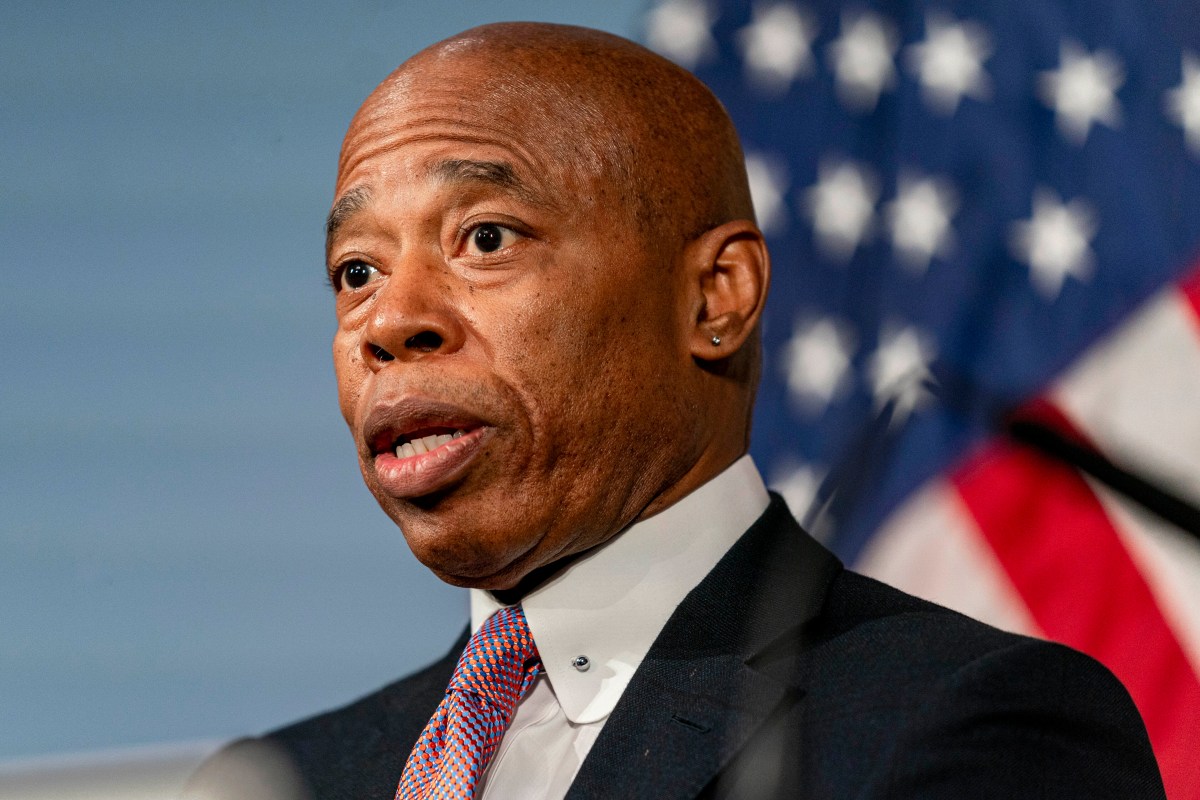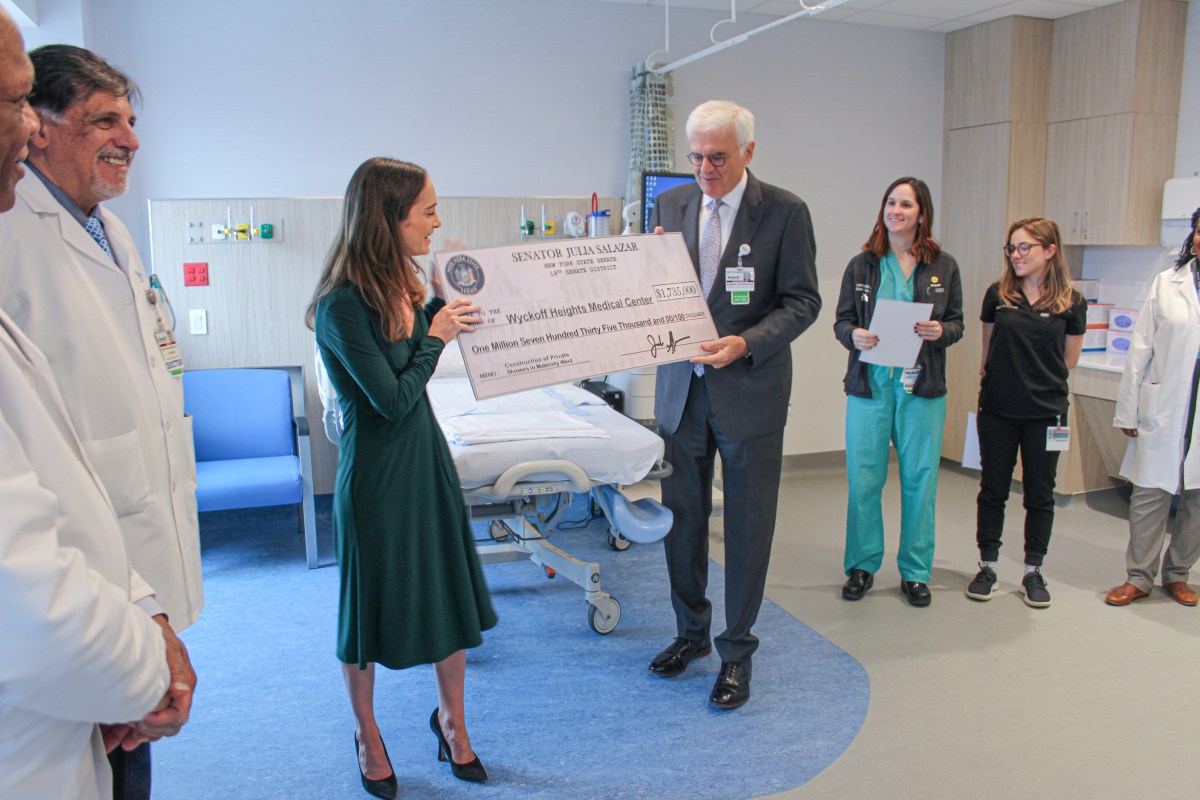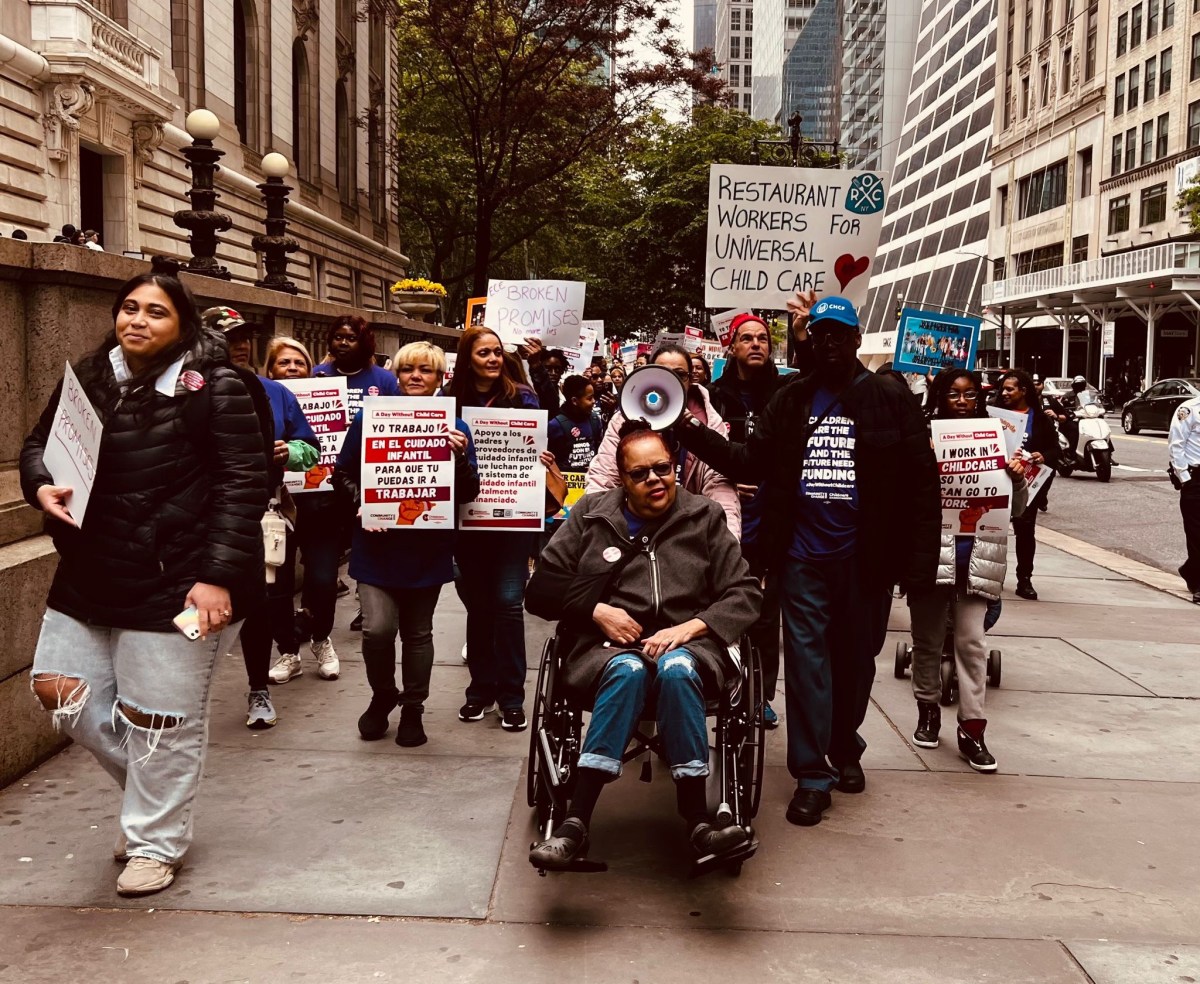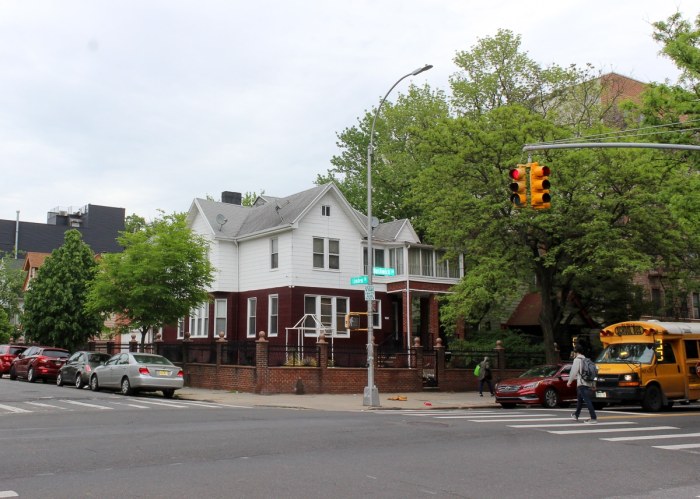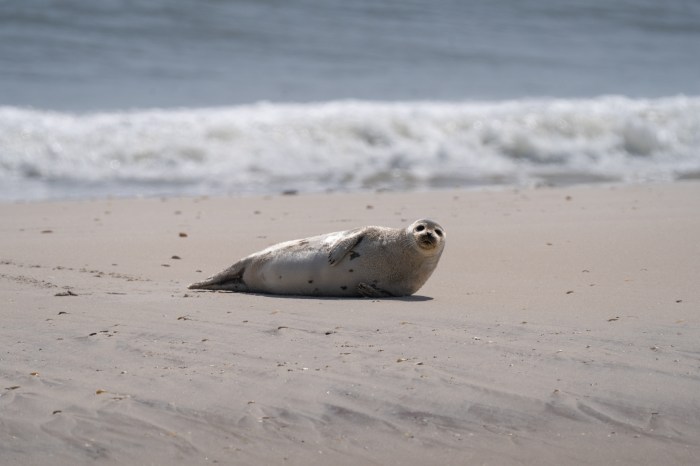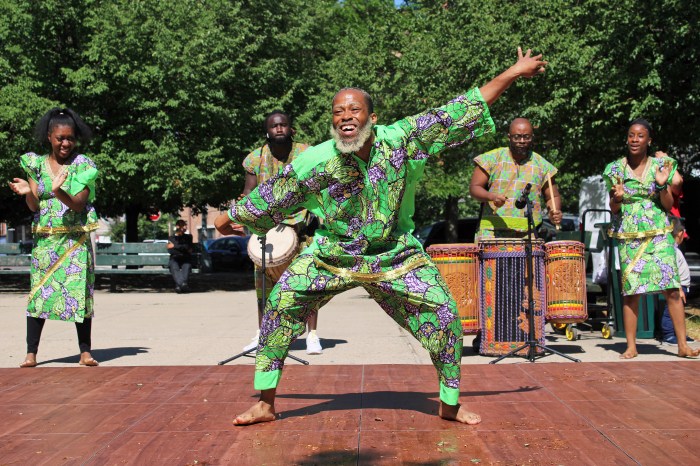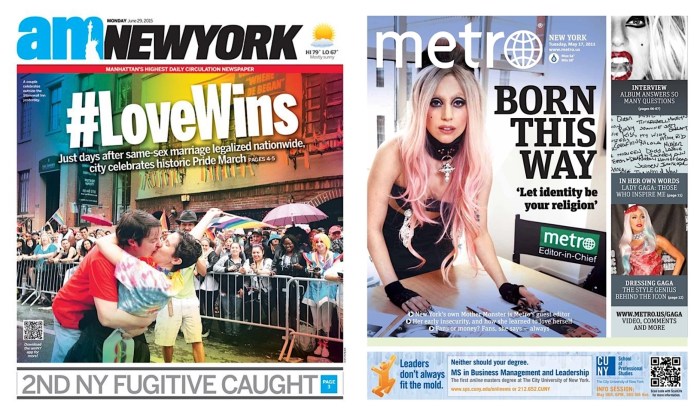Coney Island stakeholders have launched a new effort to confront the rising tide of violence in their community.
The advent of the Coney Island Coalition Against Violence comes at a time when the 60th Precinct reports that the neighborhood actually closed out 2009 with an overall drop in major felony crime.
Murder, however — one of the seven categories the NYPD uses to track major felony crime — was up.
Nine people were reported murdered in Coney Island last year — two more than the year prior.
Twenty-four people were also reported shot in Coney Island last year — four more than the previous year.
“We’re trying to coordinate an all-year calendar of anti-violence activities in Coney Island,” coalition organizer Mathylde Frontus said.
Frontus, grew up in Coney Island. Urban Neighborhood Services, the non-profit she started in 2004, is one of about 15 community-based organizations said to be working with the new Coney Island Coalition Against Violence.
“This is the first time when every single stakeholder in Coney Island is going to be asked by the coalition to do something,” Frontus says. “Even if it’s a poster put up on a door.”
The Coney Island Coalition Against Violence will next meet on January 25, at 7 p.m. at Public School 329, located at 2929 West 30th Street.
Beyond posters, coalition members say that their pooled resources will be better able to help steer residents to job training opportunities, social services and more.
Coalition Co-Chair Scott Krivitsky says it’s “all about connecting the pieces.”
“Schools, businesses, parents, religious institutions, government officials, community based organizations, parents, police, gang members, and health and hospital facilities — we all need to be on the same page,” Krivitsky said.
Not everyone is convinced that the coalition’s effort will bear fruit — or even if it is the right approach to curbing violence in Coney Island.
Sister Constance Hulla, pastor of the Coney Island Gospel Assembly on Neptune Avenue, is dubious about the coalition’s goals and says she favors a “one-on-one” approach to addressing Coney Island’s problems.
“The community is not changing because of these groups,” Hulla said. “The cause of crime in Coney Island is we’re such a highly drug-populated area. Crime rises and comes back down, and it’s always there, and it’s always horrible. When you put so many people in these high-rises you are asking for trouble.”
The New York City Housing Authority maintains five 14-story buildings between West 29th and West 32nd streets. About 1,398 people live there in 535 apartments.
Plans to re-imagine Coney Island’s famed amusement district also call for the creation of hundreds of new affordable housing units in the western end of the peninsula.
As well as violent crime and high unemployment, Hulla also complains that Coney Island suffers profound health problems like AIDS, asthma and diabetes
“It’s a constant rotation to the hospital,” the pastor said. “People are caught in that revolving door too.”
According to Frontus, Coney Island’s geography should help the coalition achieve its aims.
“We’re small enough to do what we say we’re going to do,” Frontus said. “I feel optimistic. We’re going to knock on a lot of doors.






